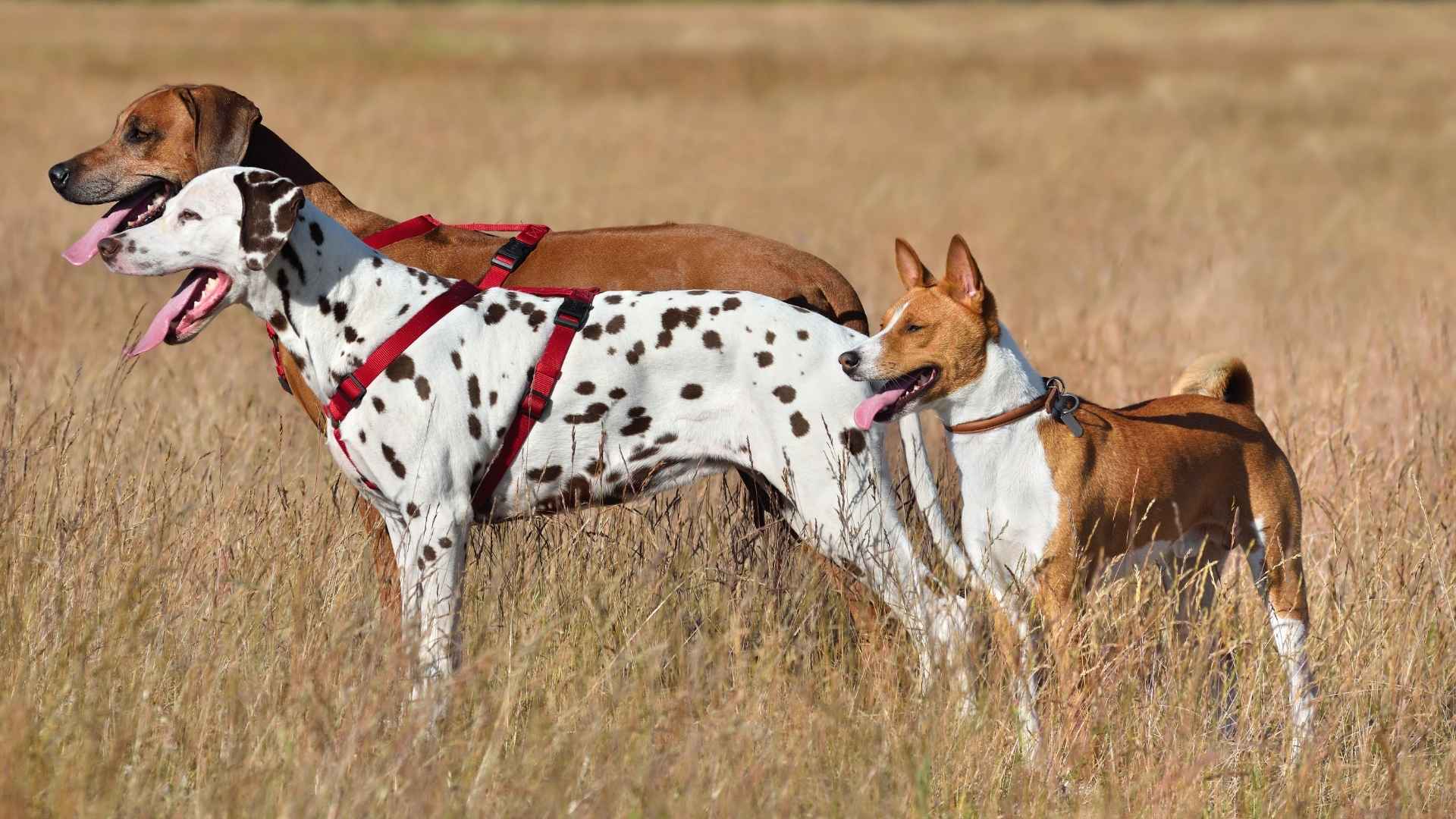Many AKC-recognized dog breeds were originally developed with one goal in mind—hunting. Among them, retrievers, pointers, and spaniels have long stood out for their keen instincts, boundless energy, and ability to work alongside humans in the field. These breeds are not only skilled hunters but also loyal and eager companions, making them ideal partners for outdoor enthusiasts.
According to the North American Versatile Hunting Dog Association, a versatile hunting dog is one that can reliably hunt and point game, retrieve from both land and water, and track wounded game across diverse terrains. Even today, when hunting opportunities may be fewer, these dogs thrive in field trials and hunting competitions that allow them to hone and display their natural talents.
In this blog, we’ll explore the most versatile hunting dog breeds—those that embody adaptability, intelligence, and a love for the chase, making them outstanding choices for both sport and companionship.
Versatile Hunting Dog Breeds
1. Labrador Retriever
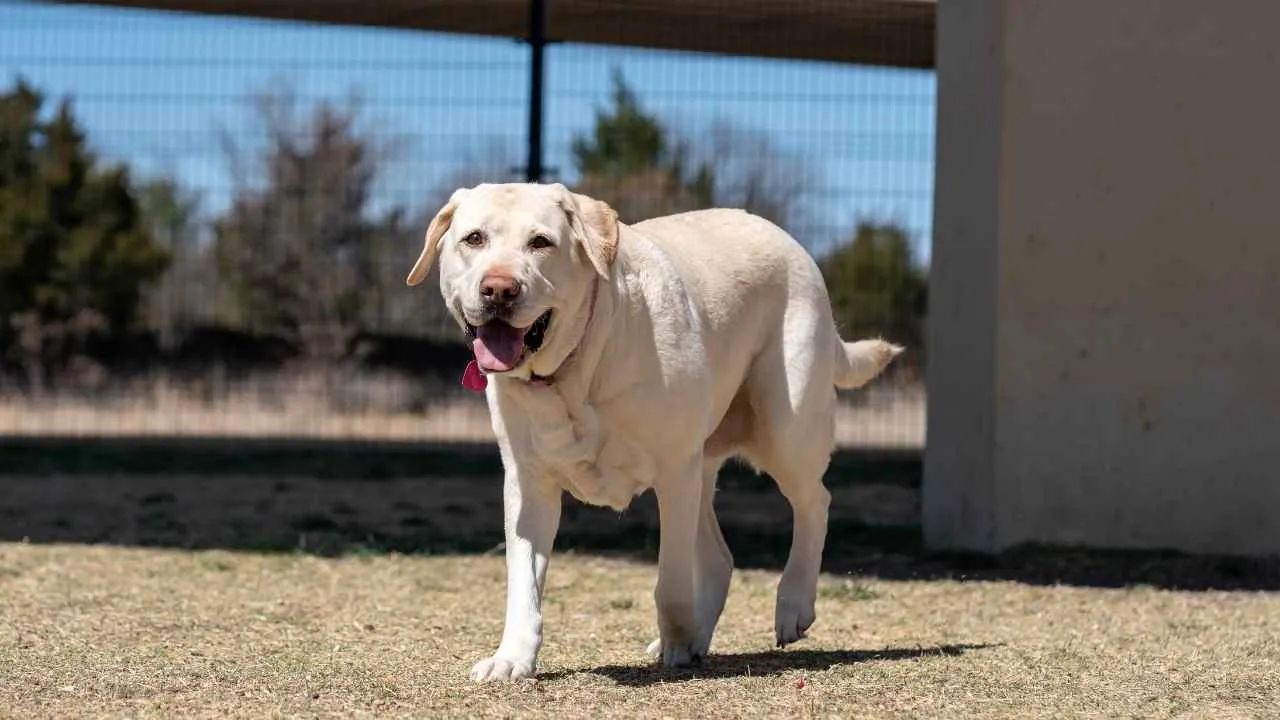
The Labrador Retriever is one of the most popular breed and versatile hunting breeds out there. Originally from Newfoundland—not Labrador, despite the name—these dogs were first used by fishermen to retrieve ducks and haul nets.
When English sportsmen brought them to the UK in the 1800s, Labs were refined into skilled upland and waterfowl hunting companions, and by 1903, they gained official recognition in Britain.
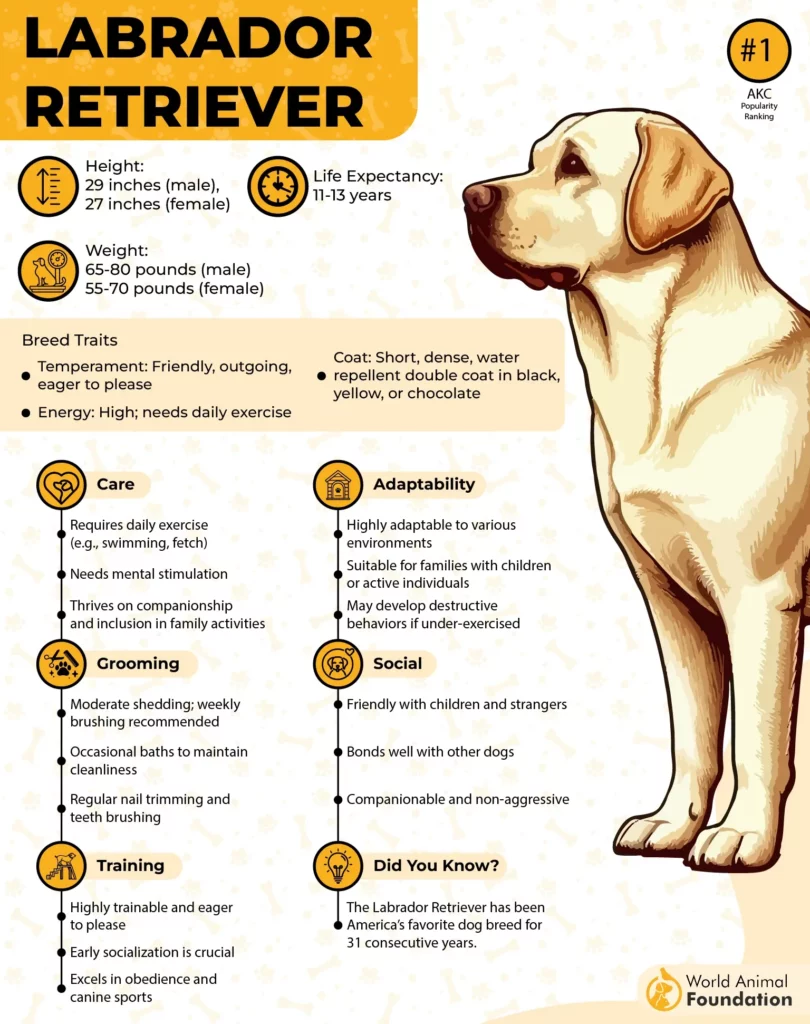
Built for the outdoors, Labradors thrive in cold, wet environments. Their dense, waterproof coats, webbed feet, and thick “otter tails” make them powerful swimmers—ideal for duck hunting and water retrieval. They’re just as capable on land, especially in retrieving upland game settings, where their stamina and strong scenting abilities come into play.

Beyond their skills and versatility in field talents, Labs are affectionate, easygoing, and eager to please, making them exceptional family pets. Whether tracking wounded game, diving into icy waters, or relaxing at home, Labrador Retrievers truly do it all.
2. English Springer Spaniel
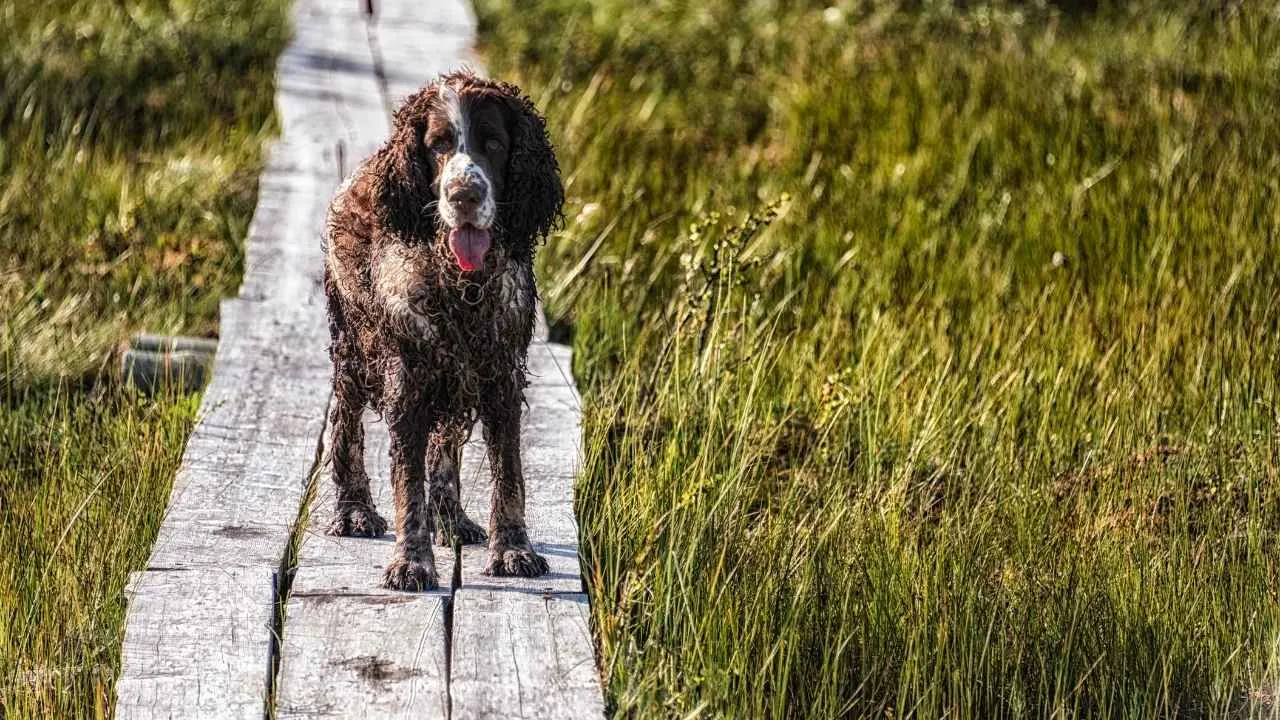
The English Springer Spaniel is a spirited and one of the most versatile dogs. It is often admired for its exceptional talents, including upland hunting, flushing birds, hunt pheasants and woodcock. Originally bred in England, this breed was developed from larger spaniels in the late 19th century, specifically chosen for their ability to “spring” birds from dense cover.
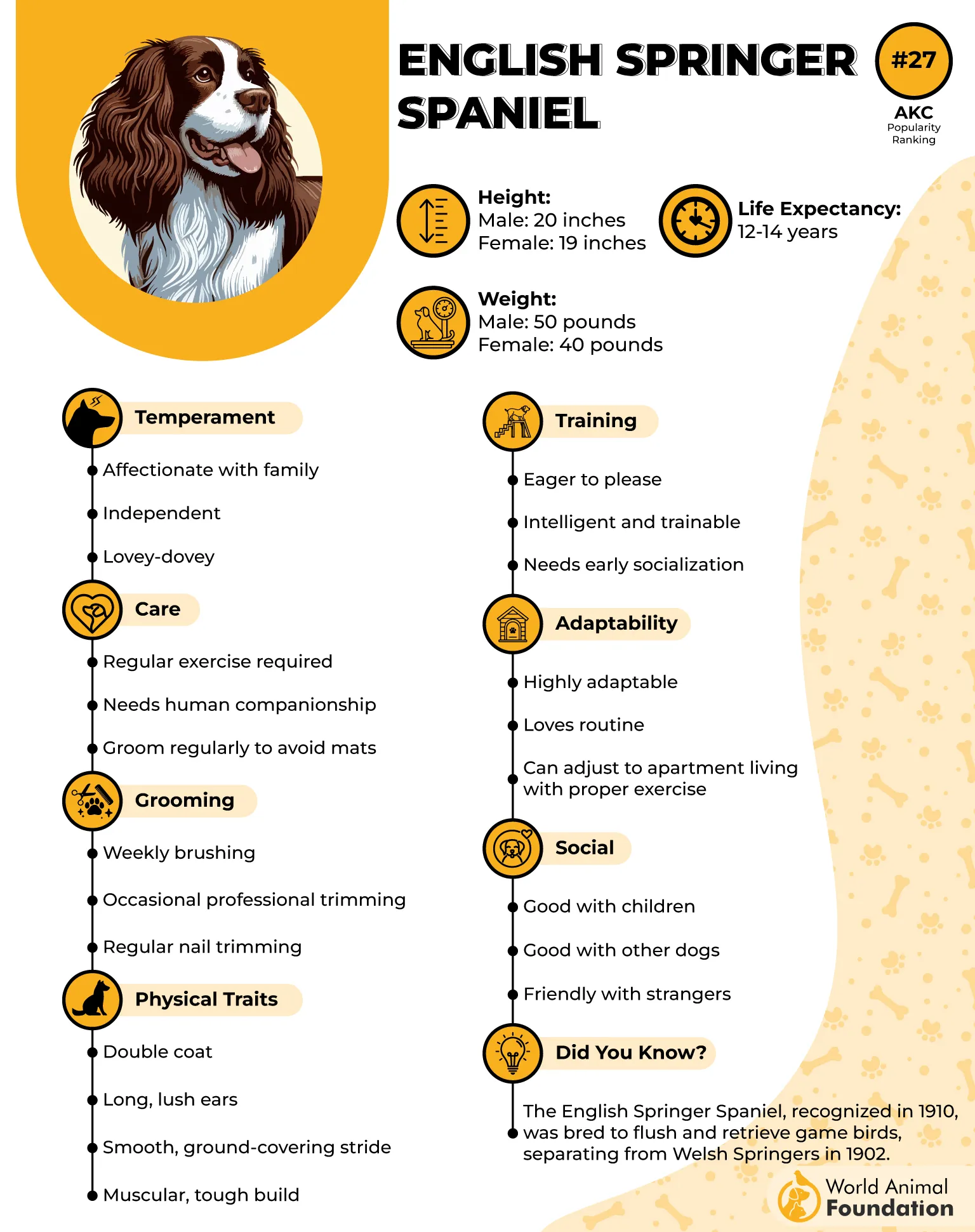
Springers are impressively versatile and equally adept at locating, flushing, and retrieving game on both land and water. Though slightly smaller than retrievers, their compact build helps them navigate tight, brushy terrain with ease.
With their high stamina and agility, they can handle long hunting days and are just as capable of retrieving waterfowl or flushing out rabbits and hares.
Beyond the field, English Springer Spaniels make delightful family companions. Friendly, intelligent, and playful, they thrive in active households. The breed comes in two distinct types—field and bench.
Field-bred Springers are built for athleticism, often with shorter coats and docked tails, while the bench type is bred for the show ring with a fuller coat and heavier frame. Both love outdoor activities, especially swimming, and will never turn down a game of fetch or a trail hike.
3. Airedale Terrier
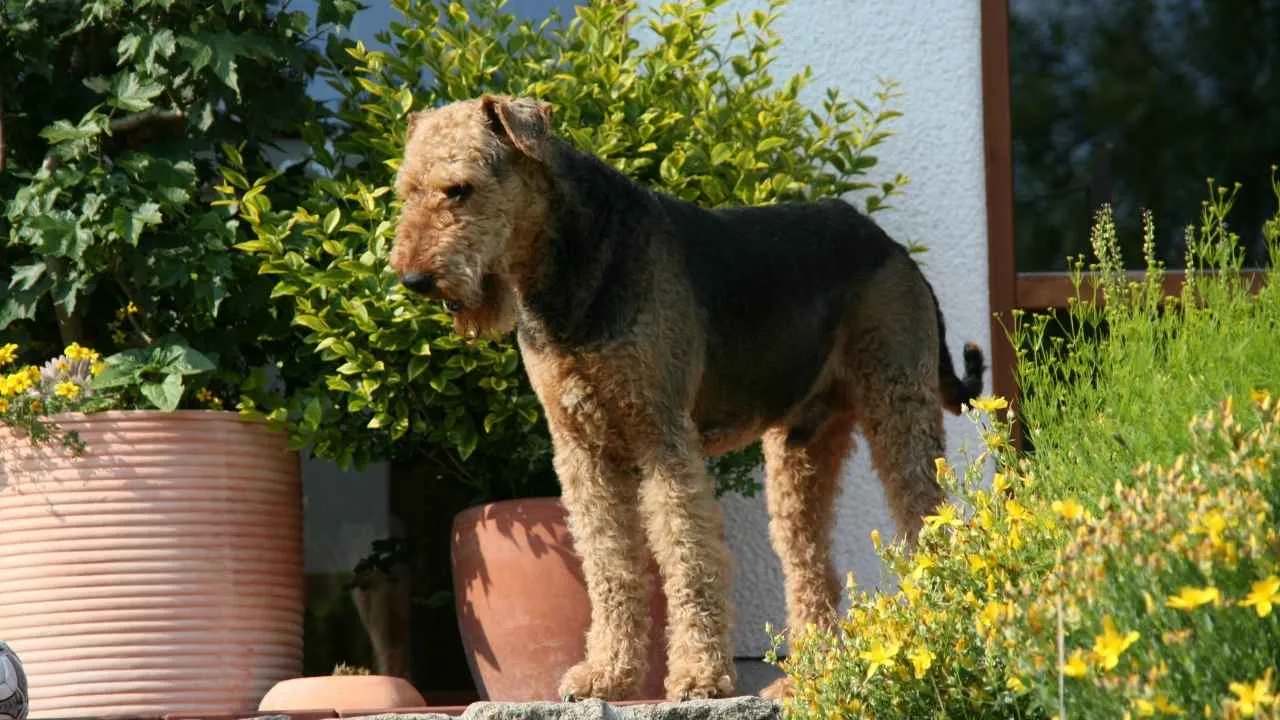
The Airedale Terrier is a true all-rounder—strong, spirited, and sharp. Originating in the Aire Valley of Yorkshire, England, this breed was first developed to hunt otters and water rats. Over time, Airedales proved themselves capable of far more, taking on tasks from guarding to retrieving and even serving in both World Wars as messenger and ambulance dogs.
With their wiry, tan-and-black coats and distinctive bearded faces, Airedales are not just striking—they’re built for work. Their muscular legs and sturdy frame allow them to cover rough terrain with ease, while their fearless nature makes them reliable hunters, even of larger game.
Airedales are also excellent at tracking and retrieving, and they’ve been used in search and rescue and as loyal family protectors.
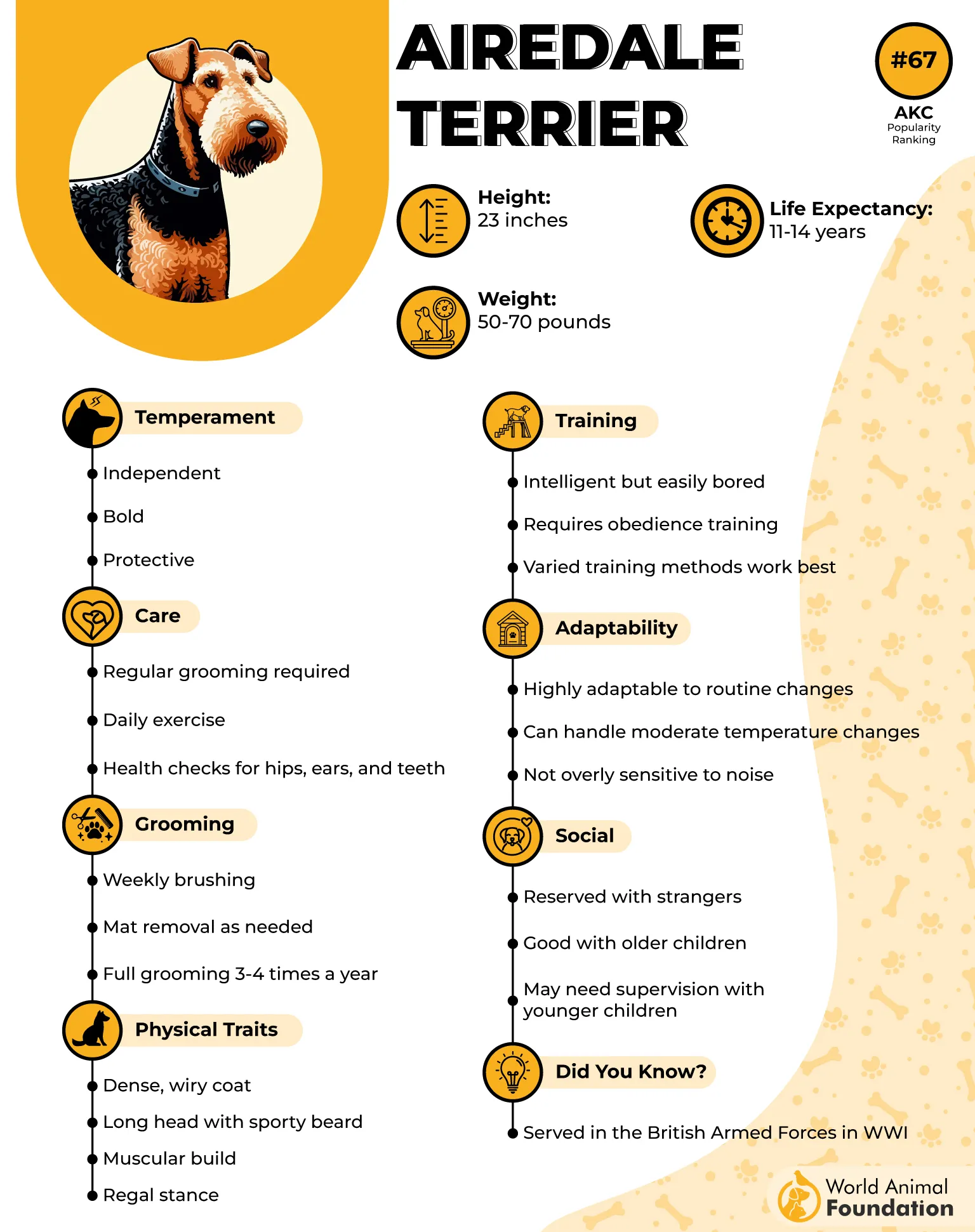
Airedales have a high-energy personality and thrive in active households with room to roam. They’re not ideal for apartment living, as they require daily physical and mental stimulation. Expect lots of digging, chewing, and occasional barking—it’s all part of their terrier charm! Airedales are intelligent but can be headstrong, so early training and socialization are a must.
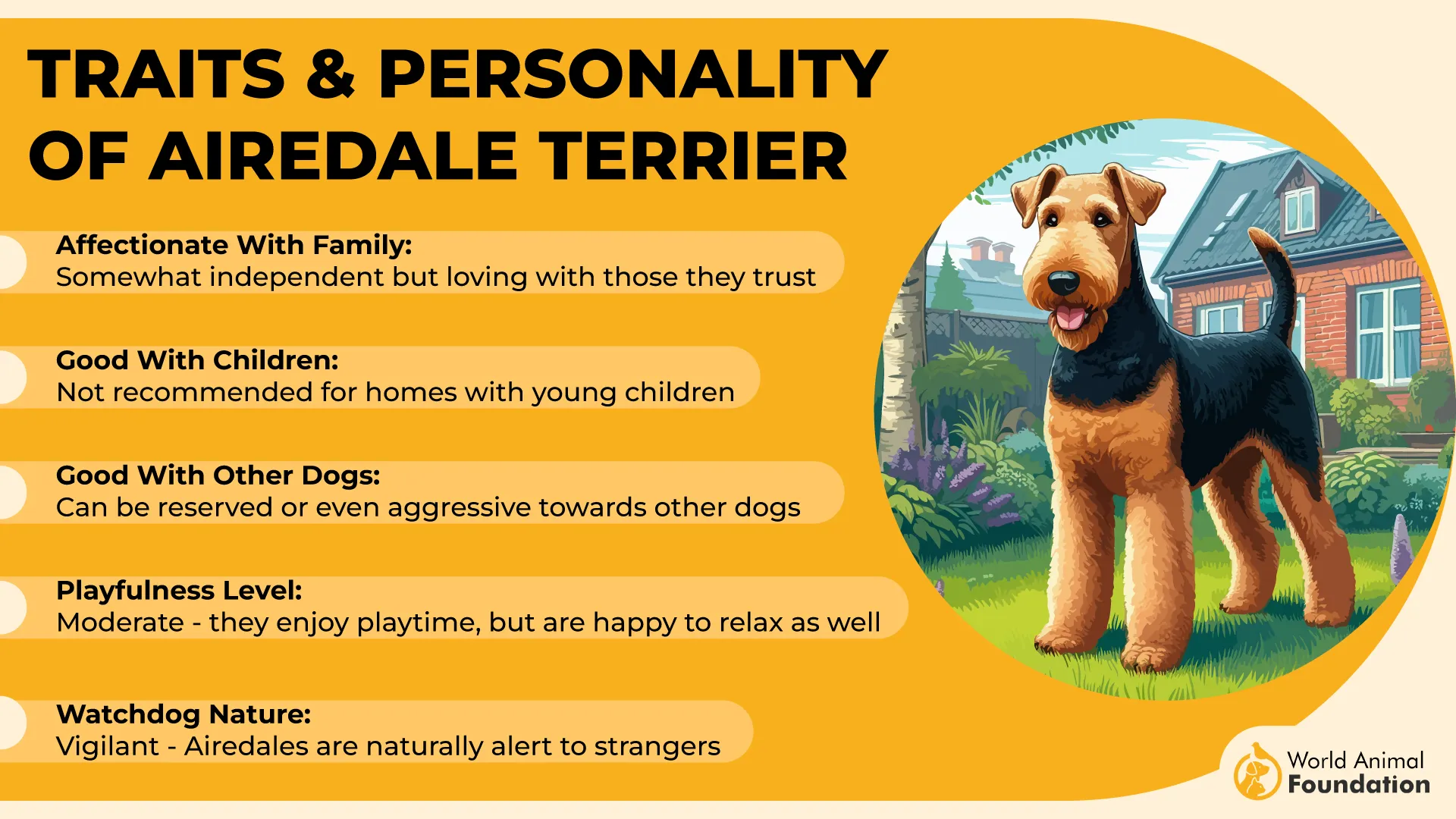
These dogs love being part of the family and are typically gentle with children, often earning the nickname “reliable babysitter.” However, like all dogs, they should be supervised around young kids.
Airedales also have a quirky side, often collecting socks, toys, or anything they deem treasure-worthy. With proper grooming, structure, and companionship, the Airedale Terrier is an energetic and loyal dog who’s ready for any adventure, field, or family.
4. Chesapeake Bay Retriever
The Chesapeake Bay Retriever, affectionately known as the Chessie, is a rugged, medium-to-large breed celebrated for its strength, determination, and loyalty. With a muscular build, water-resistant double coat, and signature amber eyes, Chessies were bred along the Chesapeake Bay to retrieve ducks in icy waters, often hauling in dozens of birds in a single day.
Their slightly oily coat, webbed feet and powerful swimming skills make them naturally suited for water-based work, while their strong tail acts as a rudder during long swims, states Purina.
Chesapeake Bay Retrievers form deep bonds with their families and are known to be gentle and protective, especially with children. However, they tend to be reserved with strangers and benefit from early socialization to develop a well-rounded temperament. Their protective instincts also make them excellent watchdogs.
In addition to hunting, Chessies excel in various canine activities such as agility, obedience, and field trials. Their keen sense of smell and independent streak make them outstanding search and rescue dogs, as well as effective partners in drug and bomb detection. They’re also known to bring comfort as therapy dogs, thanks to their calm, thoughtful demeanor.
These working dogs thrive on mental and physical engagement. Daily activities like fetch, puzzle games, and training sessions help satisfy their sharp minds and strong hunting drive. Though they can coexist with other dogs, their high prey drive means smaller pets should be introduced with care and supervision.
5. American Foxhound
The American Foxhound is a graceful, medium-to-large breed native to the United States, celebrated for its endurance and hunting skills. Bred primarily to track foxes, these dogs boast an exceptional sense of smell and boundless energy, making them outstanding companions for hunters. Despite their hunting prowess, Foxhounds are friendly, gentle, and affectionate, fitting well into family life.
Standing 21 to 25 inches tall and weighing between 65 to 75 pounds, American Foxhounds have a sleek, athletic build that helps them chase prey over long distances with speed and agility. Their short, dense coat is easy to care for with regular brushing.
These dogs thrive on activity and mental stimulation, thanks to their strong hunting instincts and persistence in tracking scents. Originally developed from English hounds brought by settlers, the breed was adapted to the American terrain and game.
American Foxhounds are social, energetic dogs that thrive with both canine companions and active human families. Famous for their musical baying—loud enough to echo for miles—they’re best suited for homes without close neighbours. With early socialization, they do well with children and other medium-to-large dogs. They can coexist with smaller pets if raised together, but supervision is key due to their strong chase instinct.
These dogs are not ideal for first-time owners or apartment living, as their intelligence and high energy levels demand plenty of space and exercise. Without adequate outlets, they may resort to destructive behavior. Overall, the American Foxhound is a loving, patient, and active breed best suited to experienced owners who can meet their needs.
Did You Know?
The American Foxhound is Virginia’s official state dog, honored in 1966 for its ties to the state’s rural heritage and famous figures like George Washington.
6. English Setter
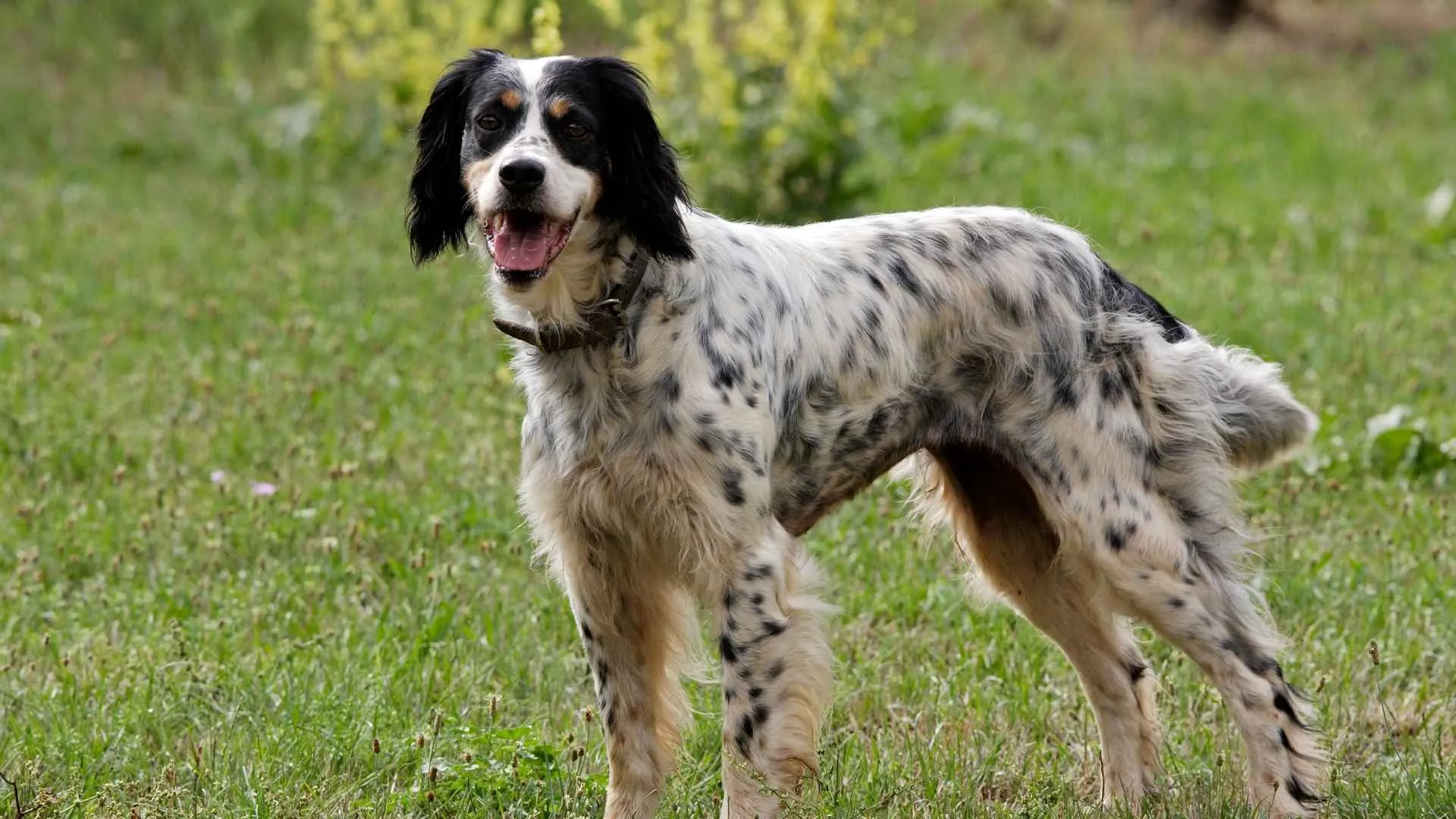
The English Setter is a medium-to-large breed originally developed in the UK for their remarkable crouching, pointing, and retrieving skills alongside hunters. Known as “the moderate setter,” they stand out with their beautiful speckled “belton” coat and well-feathered chest, legs, tail, ears, and underbelly. This elegant look pairs perfectly with their gentle nature.
Recognized as one of the oldest gun dog breeds, English Setters have appeared in artwork dating back to the 15th century. Once called setting spaniels, these dogs would range ahead of hunters and freeze or “set” in a crouched position when they spotted the game, a behavior that gave the breed its name.
Originally used when hunters trapped birds with nets, the breed’s role evolved with the advent of firearms in the 18th century. Their hunting skills and refined appearance quickly made them favorites among estate owners and nobility.
Though their exact lineage is unclear, English Setters likely descend from a mix of pointing dogs and spaniels. Whether tracking ruffed grouse, quail, woodcock, or pheasants, the breed’s keen senses and skills for finding birds have earned widespread respect from hunters and competitors alike across North America and Europe.
PetMD states English Setters are athletic and require regular exercise and mental stimulation to thrive. They do best in homes with large, secure yards where they can stretch their legs. If a yard isn’t available, activities like biking, running, or long hikes keep their energy in check.
While they don’t need quite as much exercise as some other gun dogs, they enjoy dog sports such as agility and flyball, and will happily curl up for some couch time once their activity needs are met.
Fun Fact:
In the 1930s, an English Setter named Jim the Wonder Dog became famous in Missouri for seemingly predicting the future and understanding multiple languages. While sceptics credit his intelligence and training, his legacy lives on in a sculpture dedicated to him in a local park.
7. Irish Setter
The Irish Setter is a striking and popular hunting breed, instantly recognizable by its rich mahogany coat. Known for being friendly, affectionate, and loyal, this dog combines intelligence with exceptional patience and dedication, making it a wonderful family companion.
Originating in 18th-century Ireland, the breed was developed as a versatile hunting partner, skilled on both land and water. With an impressive nose, calm demeanor, and independent spirit, Irish Setters earned a reputation for their outstanding scenting and tracking abilities, making them great companions for upland hunting and flushing birds.
AKC states this energetic breed needs plenty of daily exercise, at least an hour of vigorous activity like running, brisk walking, or fetching games. While a fenced yard is great for safe outdoor play, it can’t replace the need for regular walks or runs to keep them happy and balanced.
Physically, the Irish Setter boasts a sleek, light-boned build and a distinctive chestnut coat. Their finer head set them apart from other setters, highlighting their agility and speed. Because of their high energy levels, they thrive best in spacious homes with yards rather than apartments.
Known for their playful and sweet nature, Irish Setters are both mischievous and affectionate. They’re intelligent and quick learners, although their stubborn streak means patient training is key. Their natural hunting instincts sometimes lead them to “explore” areas like closets or drawers around the house.
Irish Setters shine in dog sports such as flyball, dock diving, agility, and obedience. Their calm and attentive nature also suits their roles as therapy or service dogs. However, their deep attachment to people means they may struggle with separation anxiety if left alone for long periods, so they’re best suited to homes where someone is around much of the day.
Conclusion
Versatile hunting dog breeds like the German Shorthaired Pointer, German Wirehaired Pointer, and English Pointer are popular choices among sportsmen for their ability to retrieve upland birds and hunt big game across varied country terrain.
Recognized by the American Kennel Club, these breeds—and others like the Wirehaired Pointing Griffon, Braque Francais, American Water Spaniel, Braque d’Auvergne, and Bracco Italiano—are valued for their strong noses, adaptable hunting skills, and generally low maintenance needs.
Whether flushing birds or tracking deer on the ground, these dogs combine natural instinct with trainability, making them good house dogs and excellent hunting companions across regions like South Carolina and beyond. Understanding the subtle differences in fur, temperament, and hunting style helps hunters teach and select the perfect dog for their game and environment.


